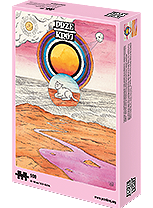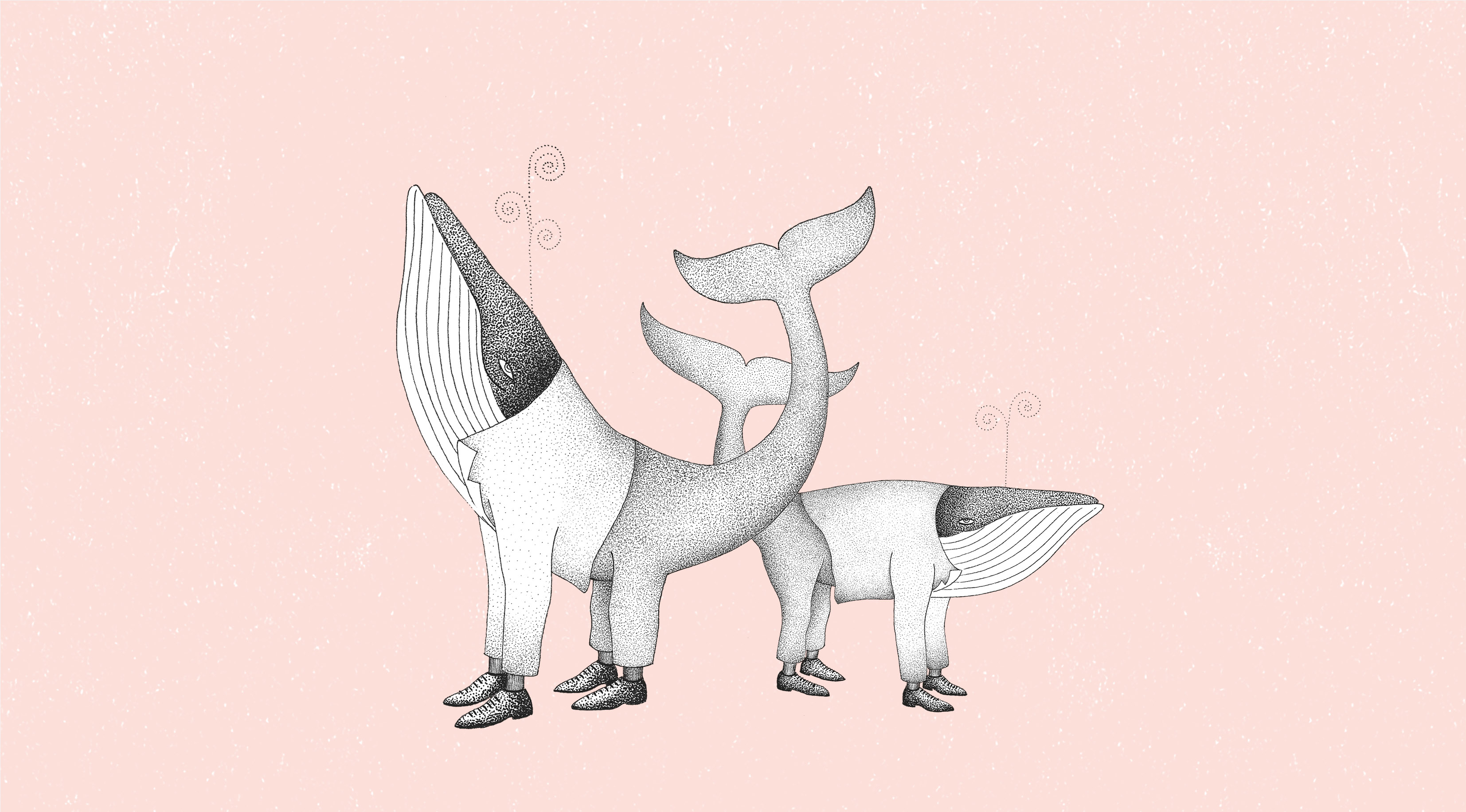
In a hole in the ground lived Pakicetus. We don’t really know whether it was in a hole, but we do know that it was on the territory of today’s Pakistan. That’s where the first two syllables of its name come from. The second part is the Latin for ‘cetacean’. Because while Pakicetus lived on land, it’s the ancestor of the dolphins and whales.
Scientists generally agree that life began in an aquatic environment. We’re not certain exactly when, where or how it happened, but we know that it was at least 3.5 billion years ago, and was wet. Once life had begun, certain ur-organisms thrived better than others, so they were better at making copies of themselves. Life diversified and there was more of it, meaning that Darwin and his natural selection swung into action.
A great deal of time later, certain organisms started to colonize the land. More than a billion years ago, fungi started to emerge, and 700 million years ago the first plants arrived. Then, 395 million years ago, the first arachnids and insects appeared on the land, and the first quadrupeds began to leave their tracks on the muddy shores. After another 150 million years had passed, the small, shrew-like ancestors of today’s mammals began to sneak in among the lizards that ruled the Earth. The dinosaurs died out 65 million years ago, and the mammals came to dominate the land. Sometime later, there appeared Pakicetus, who dreamed up a return to its watery fatherland. That was 49 million years ago.
During the times when Pakicetus roamed the Earth, it would have been difficult for the amateur naturalist to realize they were looking at a whale. To a large degree this is because – just as with amateur naturalists – there weren’t any dolphins or whales yet, but even today we could be misled by its small size (about 1-2 metres long), four well-developed legs, long tail, elongated snout ending up in a nose, and teeth differentiated into incisors, canines, premolars, etc. Pakicetus looked like a strange wolf – crossed with a wild boar, because it had a large head planted on a short, massive neck.
And yet it was a cetacean, as attested





